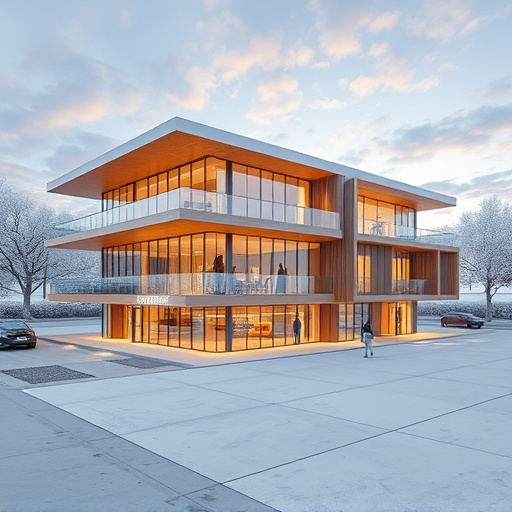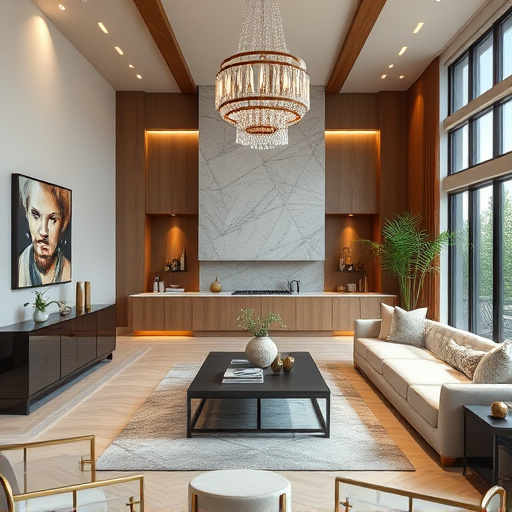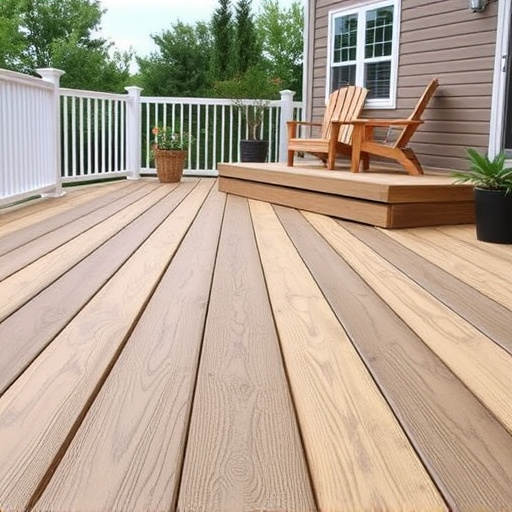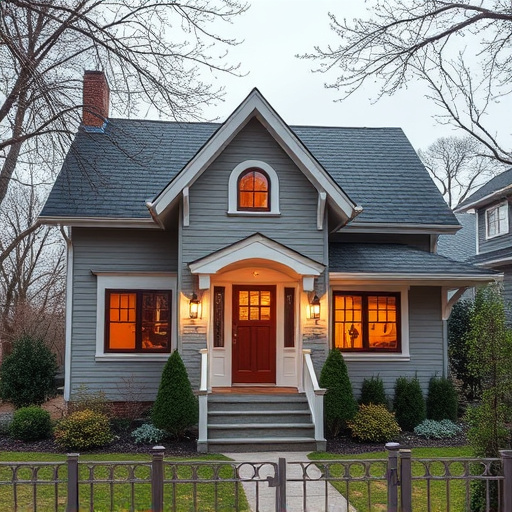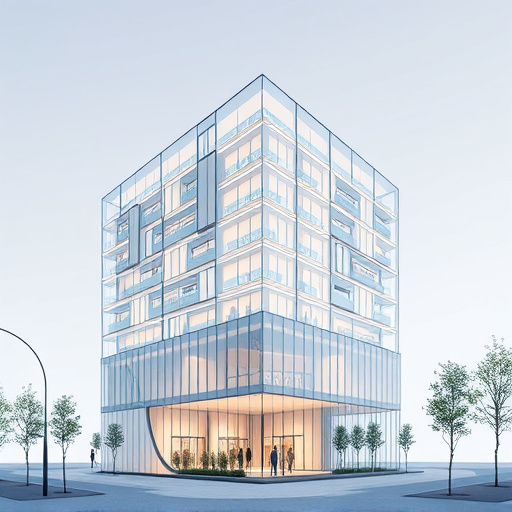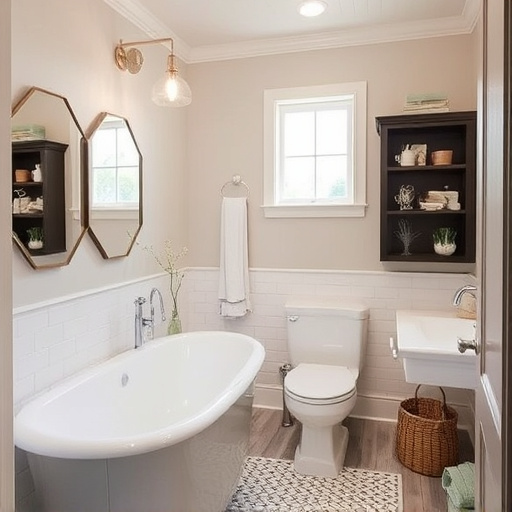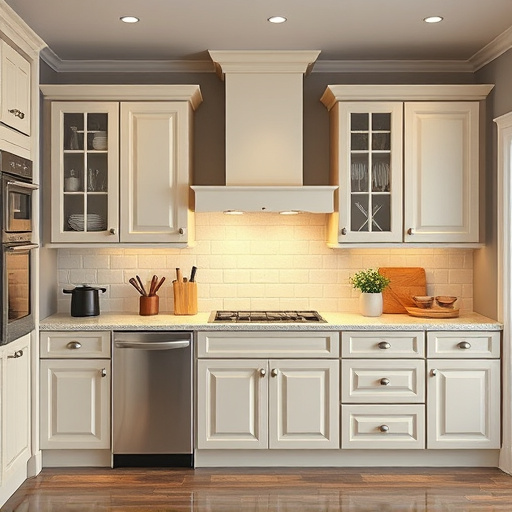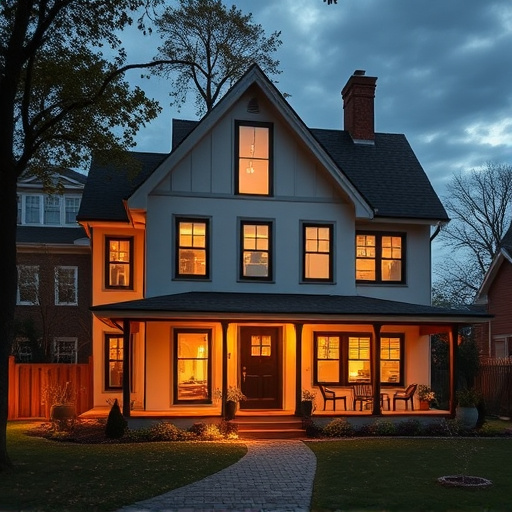In interior decor, understanding color theory involves using primary hues (red, blue, yellow) to create secondary colors and harmonize spaces. Neutral bases provide versatility and timelessness, while complementary colors offer vibrant contrasts for unique personal style expressions. Designers leverage these principles to evoke emotions, balance visuals, and transform spaces into inviting atmospheres.
Discover the secrets to achieving harmonious color palettes in your interior spaces. This comprehensive guide explores essential aspects of interior decor, offering valuable tips on understanding color theory and its impact on room aesthetics. Learn how neutral bases provide a versatile foundation for any design style. Uncover the power of complementary colors to create vibrant contrasts that enhance your living environment. Elevate your decor with these expert insights tailored for modern interiors.
- Understanding Color Theory for Interior Harmony
- Choosing Neutral Bases for Versatile Decor
- Complementary Colors: Creating Vibrant Contrasts
Understanding Color Theory for Interior Harmony
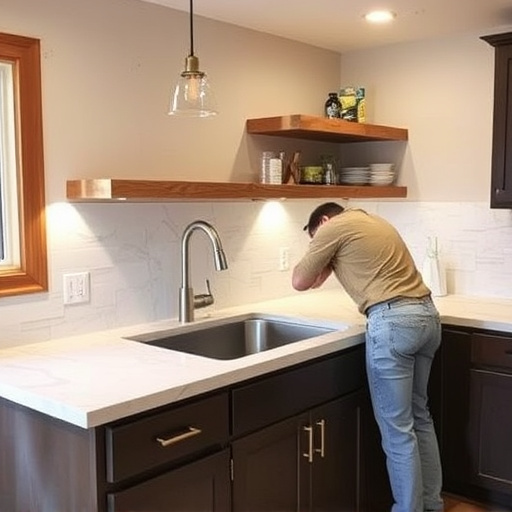
In the realm of interior decor, achieving harmony through color palettes is an art that can transform any space. Understanding color theory is the key to this artistic process. At its core, color theory revolves around understanding how colors interact with each other on a visual scale. The three primary colors—red, blue, and yellow—form the basis of all other hues. By mixing these primaries, designers can create a secondary palette of orange, purple, and green. This knowledge is pivotal when selecting colors for any interior space, be it a cozy living room or a modern kitchen renovation.
When harmonizing color palettes for interior decor, it’s essential to consider the emotional impact and visual balance of colors. Warm colors like red and orange evoke energy and comfort, while cool tones such as blue and green convey calmness and serenity. Using this knowledge, designers can create atmospheres that range from inviting and warm (e.g., for a living area or bedroom) to refreshing and serene (ideal for kitchens or bathrooms). For instance, a subtle application of these colors through interior painting can instantly elevate the ambiance, making renovation services more than just structural changes but also aesthetic transformations.
Choosing Neutral Bases for Versatile Decor
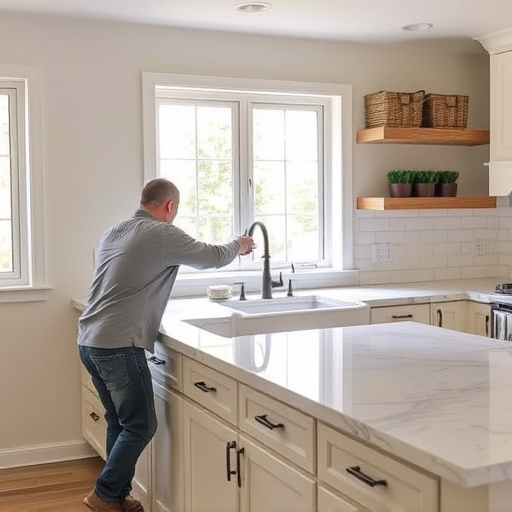
When it comes to harmonizing color palettes in interior decor, establishing a neutral base is a savvy strategy. Neutral colors like white, beige, and grey serve as versatile canvas for more vibrant accents, making them ideal for creating cohesive and calming spaces. This approach is particularly beneficial when planning home renovations or exterior painting projects, ensuring that your decor remains timeless and adaptable to changing trends.
A solid neutral base facilitates seamless transitions from room to room, fostering a sense of continuity throughout your home transformations. It also simplifies the process of introducing new colors or themes, allowing for easy adjustments without drastic overhauls. By prioritizing neutrality, you create an elegant and inviting interior that feels both serene and stylish—a true hallmark of successful home renovation efforts.
Complementary Colors: Creating Vibrant Contrasts
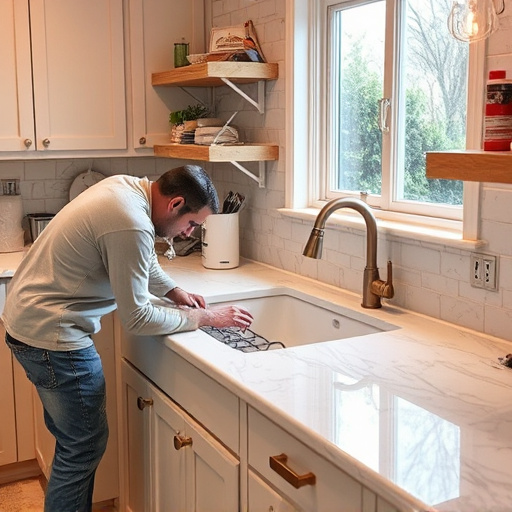
In interior decor, complementary colors are a dynamic duo that creates vibrant contrasts and instantly transforms spaces. When paired together, these color opposites on the color wheel enhance each other, making your home’s design pop. Think of it as a dance where cool and warm tones intertwine, creating energy and depth. For example, a rich, deep blue in your living room can be beautifully balanced by a bright, sunny yellow accent wall, adding a burst of warmth to the cool ambiance. This technique is not limited to just two shades; you can create multiple complementary pairs like green and red, orange and purple, or even different tones of blue and orange for a stunning effect.
Complementary colors play a versatile role in various interior spaces, from vibrant living areas to tranquil bedrooms and even in bathroom renovations and kitchen remodels. They can be used to define focal points, create visual interest, and make a space feel more expansive or cozy. Customized work with complementary color palettes allows for unique expressions of personal style while ensuring a harmonious and visually appealing environment. Whether it’s a bold statement wall or subtle tonal shifts, these color combinations offer endless possibilities for enhancing your interior decor.
Harmonizing your interior decor through color requires a blend of understanding color theory and practical application. By choosing neutral bases, employing complementary colors, and staying informed on the latest trends in interior decor, you can create vibrant, cohesive spaces that resonate with both beauty and functionality. Embrace these tips to transform your home into a stunning symphony of hues.


